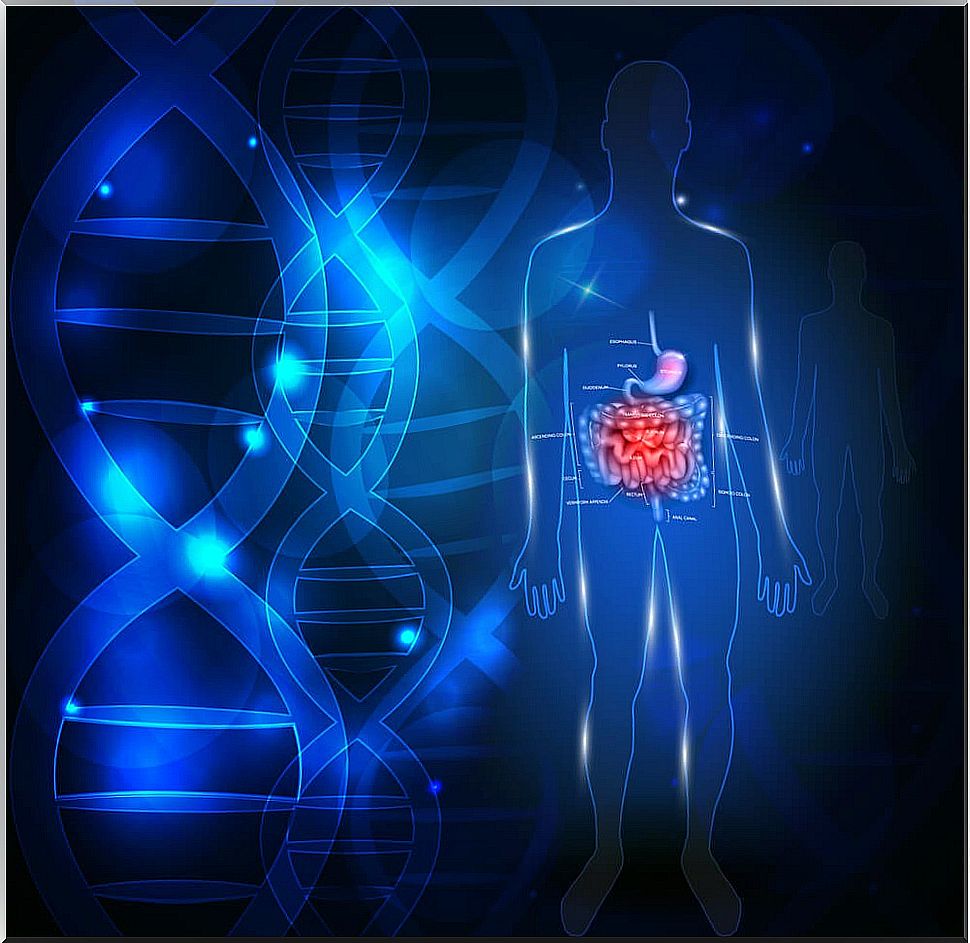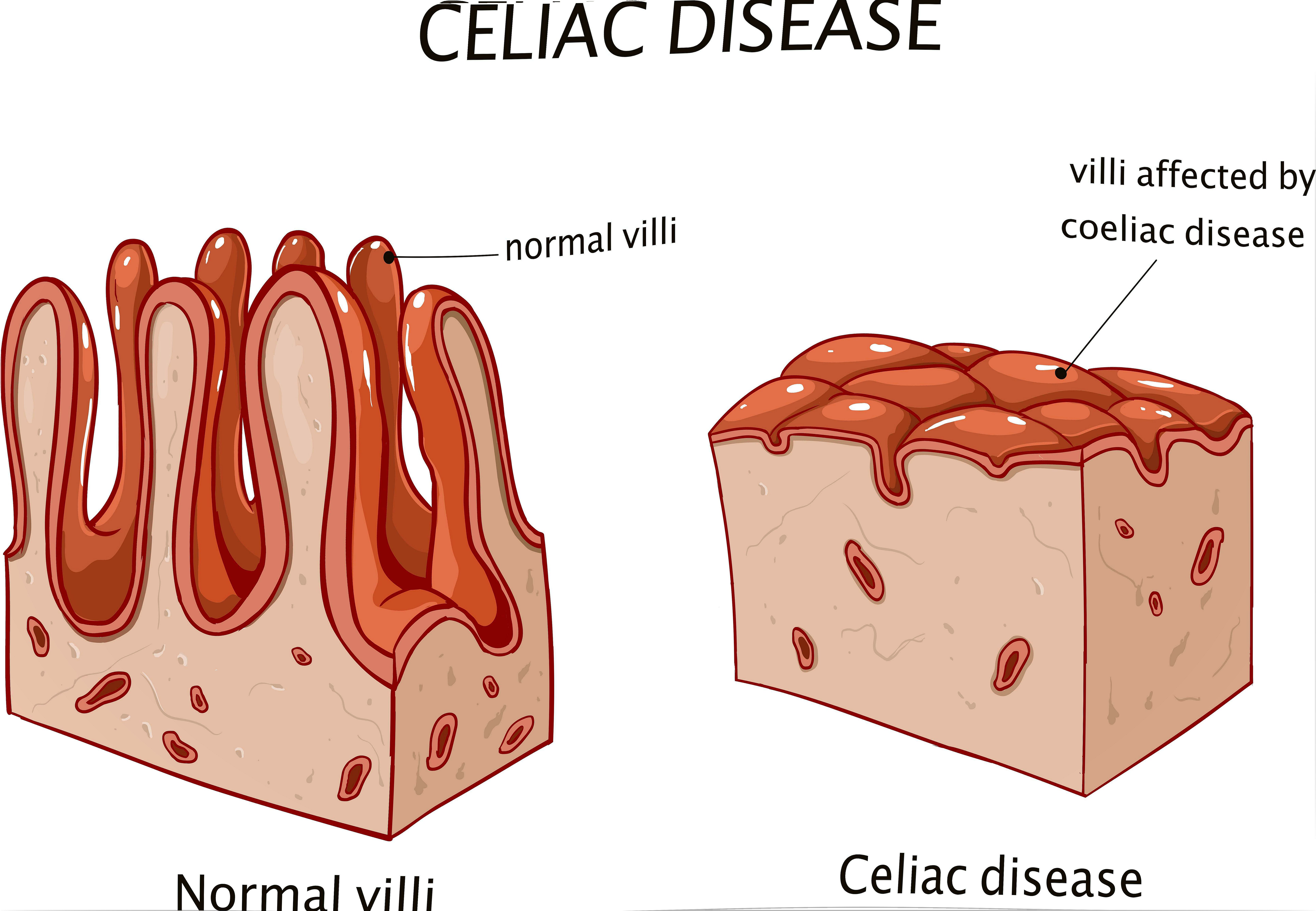Is Gluten Intolerance Hereditary?

Gluten intolerance is an incurable disease that affects 1% of the population. There are different variants of the disease: non-celiac gluten sensitivity, wheat allergy, and celiac disease. What differentiates them?
In all cases the treatment is the same: remove gluten from the diet to avoid symptoms and reverse the possible damage that it has already caused us. However, these symptoms are what tell us which of the three diseases is ours.
What is gluten?
Gluten, gluteins and prolamines are a group of proteins present in the seeds of grasses and mainly in wheat. Glutein is the protein that gives flour elasticity and is responsible for fluffing the bakery dough. Hence its interest for the food industry.
In the particular case of wheat, this protein represents 85% of its total proteins. In other cereals such as rye, this percentage is also quite high, its content being much lower in oats and other cereals. What diseases does gluten cause?

Gluten intolerance and inherited diseases
Non-celiac gluten sensitivity
It shares many symptoms with celiac disease, which can lead to confusion. Both present with diarrhea or constipation, cramps, bone and joint pain, and fatigue. But gluten sensitivity is a disease that does not have a genetic component, and when testing for celiac autoimmune disease, biomarkers do not appear.
The fact that the symptoms are similar has made it difficult to identify them, although the treatment is the same: remove gluten from the diet. It was not until 2012 that it was classified as a disease other than gluten intolerance. The adverse reaction to gluten can appear up to 48 hours after its ingestion and last much longer in time.
Celiac disease or gluten intolerance
On the other hand, both gluten intolerance and wheat allergy are diseases with a genetic component, so they can be identified in a DNA analysis to locate the biomarkers present in each disease.
In gluten intolerance, these mutated genes, present in genetically ‘altered’ people, produce a strong reaction in the digestive system with serious consequences in children. The intestinal villi are mainly affected, so the absorption of nutrients at this level is practically nil in very advanced cases.
This leads to growth retardation, rickets, anemia, and even sudden changes in mood and behavior. All this, as a result of severe malnutrition due to damage to the small intestine, although sometimes these symptoms can take years to appear.
Wheat allergy
Wheat allergy is a genetic disease that causes a strong allergic reaction to foods that contain wheat. Although some symptoms coincide with celiac disease, diarrhea and cramps, after conducting the appropriate genetic tests, the biomarkers do not correspond to those of gluten intolerance.

The specific symptoms of wheat allergy are related, as the name of the disease itself indicates, with an allergic process. Includes: swelling or itching in the mouth, anaphylaxis, shortness of breath and hives on the skin.
This allergic reaction is produced by the set of proteins present in wheat and not only glutein. And, by being able to identify genetic biomarkers, it assumes that family inheritance is directly related to the disorder.
Summarizing…
Celiac disease is, therefore, an autoimmune disorder that produces gluten intolerance, since a genetic test is carried out to identify the disease and it is present in families, it suggests that gluten intolerance is hereditary.
However, this genetic mutation can appear spontaneously and not develop, or its symptoms appear in adolescence or adulthood. Currently, the mechanisms by which the altered genes that produce celiac disease operate are unknown.










